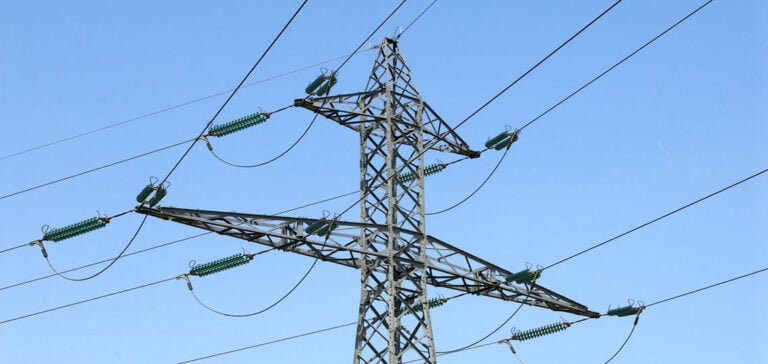The electrical grid is a major player in our daily lives, transporting energy from production sites to our homes and businesses, enabling us to power our appliances and telephones, heat or cool our spaces for greater comfort, and keep the lights on when we need them. A secure, reliable and resilient electricity grid is also essential to the success of clean energy, such assolar and wind power. Indeed, in many cases, the place where this energy is produced is not always the same as the place where it is immediately used. This is of particular importance for achieving clean energy targets and meeting the growing demand for homes, businesses and electric vehicles.
Critical investments for a more reliable network
The Department of Energy (DOE) is making crucial investments in the national power grid to reduce the cost of energy, while promoting cleaner energy sources, reducing pollution and making it easier to install solar panels or charge electric vehicles at home. In the largest grid investments in history, on October 18, 2023, the DOE announced up to $3.46 billion for 58 projects across 44 states to strengthen the resilience and reliability of the U.S. power grid, while improving climate resilience and creating well-paying union jobs. These projects will mobilize more than $8 billion in federal and private investment under the Grid Resilience and Innovation Partnerships (GRIP) program, funded by the Joint Infrastructure Act and administered by DOE’s Grid Deployment Office (GDO).
Increased integration of renewable energies
Among the selected projects, various strategies are being implemented to increase the integration of renewable energies. adding a total of over 35 gigawatts of renewable energy and increasing the country’s renewable energy capacity by 10.5%. The projects will also improve grid flexibility, enabling operators to balance different types of energy in real time and according to actual conditions to maintain power supplies and affordable prices.
GRIP Exemplary Projects
Delaware: Pecan Street Inc. will accelerate the state’s clean energy transition by meeting customer demand for solar panel installations by eliminating seasonal solar congestion, a major barrier to the approval of residential and commercial solar connection requests. Expected results include new solar farms for 1,500 households in the areas served by the project, including 150 in disadvantaged communities.
Florida: The City of Lake Worth Beach (LWB) will deploy targeted upgrades to transform the community’s power grid, including adding approximately 7 megawatts of solar capacity and enabling the city to retire a 35-megawatt fossil fuel power plant adjacent to the LWB Community High School, helping to reduce environmental exposure and constraints.
Illinois: The City of Naperville and its municipal utility, Naperville Electric Utility, will deploy advanced software and equipment to accelerate the growth of new generation, storage and electrification assets added to the grid to support the state’s transition to 100% clean, renewable energy by 2050.
Expanding Capacities for a Sustainable Future
These are just a few examples of projects that not only take advantage of existing grid technologies, but also demonstrate the effectiveness of advanced technologies and innovative strategies to enable more renewable energy sources to be added, laying the foundations for implementation in other parts of the country. By expanding capacity and improving flexibility, the addition of new clean energy resources, such as solar and wind, will be essential to maintaining power supplies and building a sustainable clean energy future for current and future generations.






















